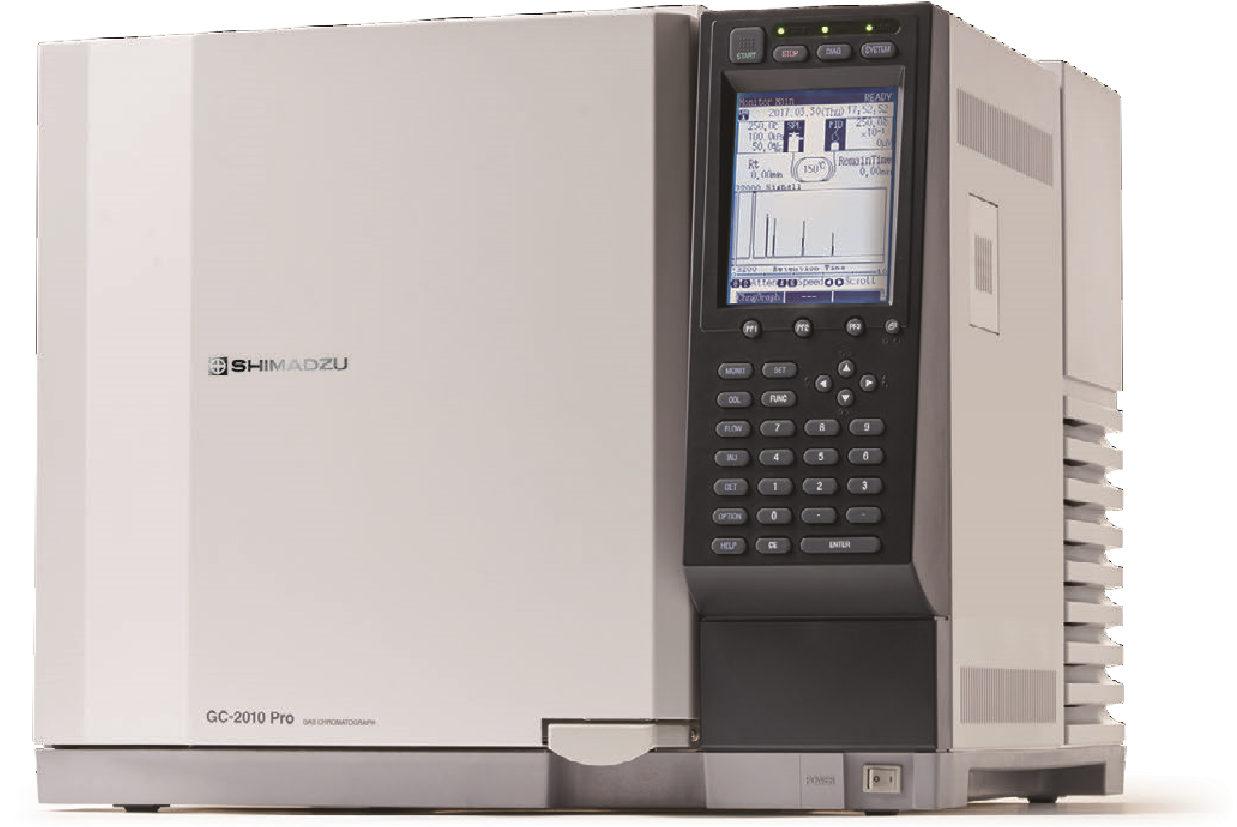
GC-2010 Pro
Food safety has gained escalated interest worldwide in recent years. It involves the whole process of food production, from the start of food processing to the end of food packaging. Food packaging is a barrier between food and atmosphere that prolongs the shelf life of food, particularly for the perishables. Other than functioning as a physical barrier, the packaging is often printed with information labels or artwork. The use of links for these prints leaves a possibility that residual solvents from the inks may migrate to the food, which affects not only the taste and flavour, but more importantly, causes toxicity to users. Current food safety regulations specify that the amount of residual solvents present in packaging material to be controlled. For instance, Korea Ministry of Food and Drug Safety regulates the residual toluene in packaging material should be less than 2mg/㎡. Headspace (HS) technique coupled with gas chromatography (GS) and flame ionization detector (FID) is routinely used for such measurement to eliminate the tedious sample preparation. In this application, an automated parallel dual-column HS-GC technique was applied for simultaneous confirmation and quantitation of 27 residual solvents in packaging materials.
February 7, 2020 GMT